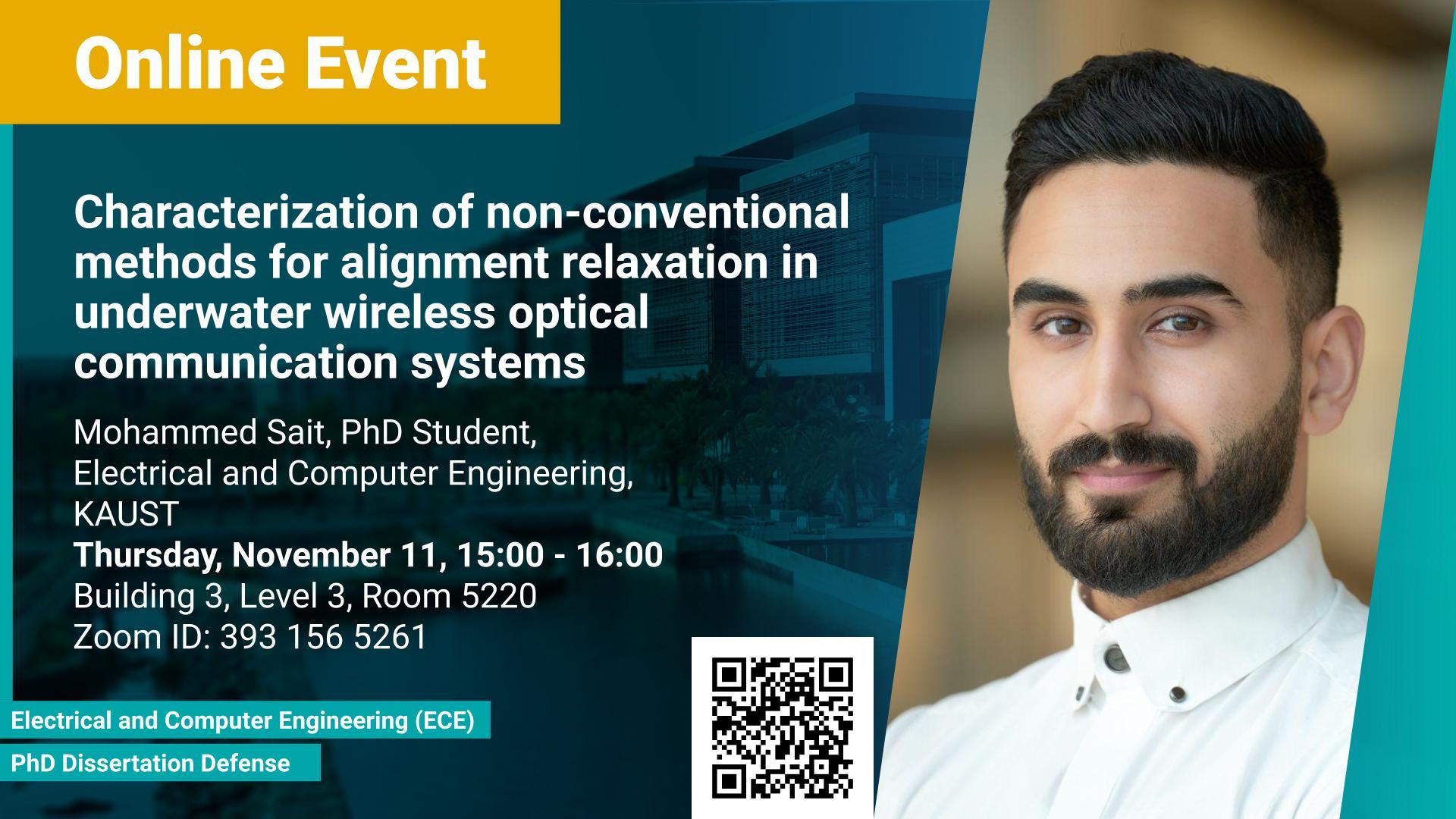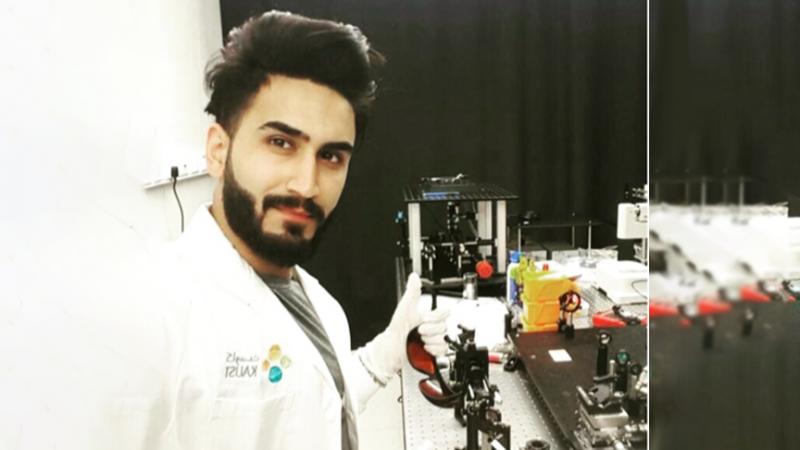Abstract
The paradigm of Internet of Underwater Things (IoUT) is expected to enable various practical applications such as environmental monitoring, underwater exploration, and disaster prevention. Supporting the concept of IoUT requires robust underwater wireless communication infrastructure. Optical wireless communication has the superiority of wide bandwidth, low latency and high data capacity over its counterparts namely, acoustic and radio frequency. However, the transmission of an optical beam has inherent drawbacks in harsh environments. Obstructions such as geometrical underwater terrains and underwater turbulence can pose a serious challenge on the alignment of the transmitter and the receiver.
Non-line-of-sight (NLOS) configuration is a generalized alignment scheme between the transmitter and the receiver such that the strict requirement of precise alignment (point-to-point) is no longer needed. To achieve such a scheme, NLOS utilizes the scattering phenomena of the photons such that the multiple or single scattering event redirects the launched photons towards the intended receiver. To enrich the scattering event, short wavelengths are utilized such as the ultraviolet range which inherently brings valuable advantages such as low background noise.
In this dissertation, the effectiveness of NLOS to withstand the challenging underwater turbulence is examined. Thermal gradients with a maximum temperature difference of 10 degrees Celsius had negligible effect on the received power. The presence of air bubble clouds caused an increase of 38% of the received power when the bubble area increased from 5.2 to 80 mm2. Additionally, various salinity concentrations ranging between 30-40‰ were emulated. A gain of 32.5% in the signal-to-noise ratio was observed when the salinity gradient increased from 0.08 to 0.4‰ /cm. Moreover, a reduction of 2.35 dB/m of the pathloss was noticed. The bit-error ratio was used to examine the communication quality using an on-off-keying modulation scheme.
In addition, this dissertation shows a practical wavelength-division multiplexing method based on large area detection and wide field-of-view (FoV) photonic receiver. The dual-antenna is made of scintillating fibers with distinctive characteristics. An aggregated data rate of 1 Gbit/s was achieved. Two methods of wavelength separation were demonstrated. These results pave the way for a robust underwater wireless optical sensor network that serves as a building block for accelerating the establishment of IoUT.
Brief Biography
Mohammed Sait is a Ph.D. Student in Electrical and Computer Engineering at Photonics Laboratory, King Abdullah University of Science and Technology (KAUST). Prior to joining KAUST, he obtained his B.Eng. in University of Leicester and his M.Sc. in Loughborough University, UK. His current research focuses on underwater wireless optical communication systems. He is also a student member of IEEE and OSA.

